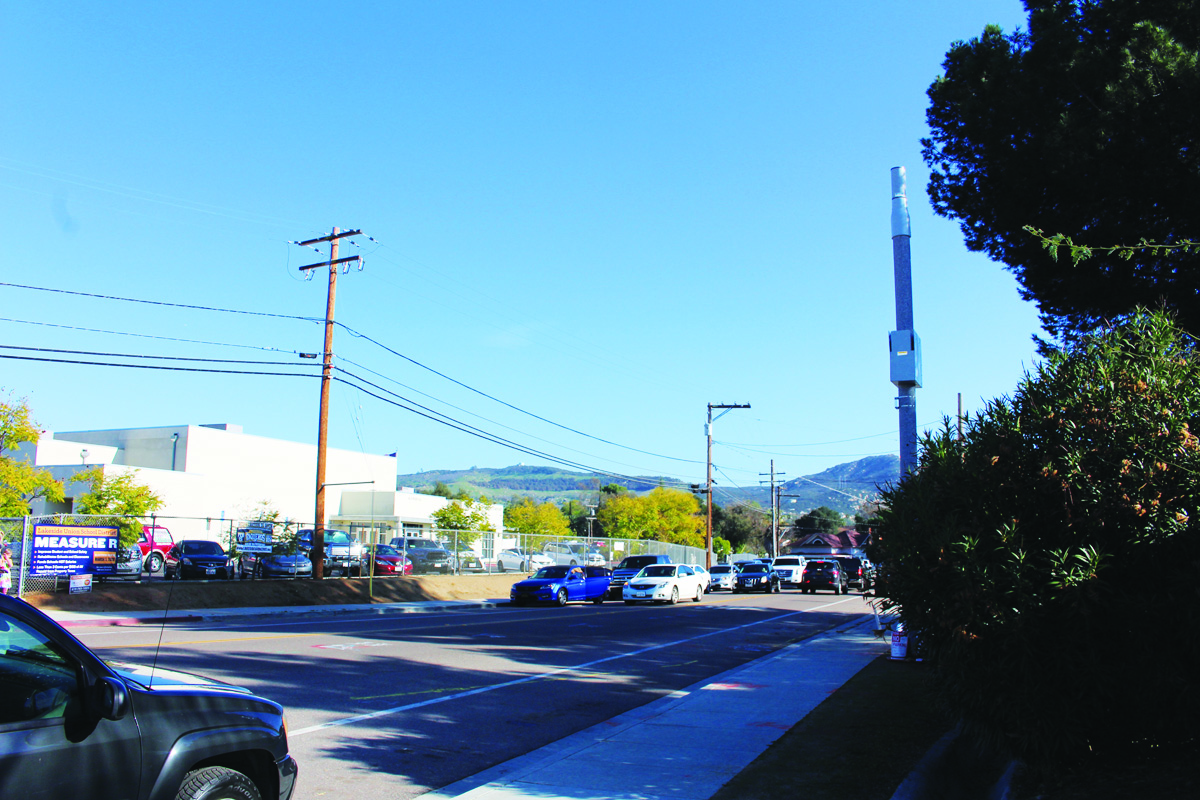The nonprofit conservation groups Cleveland National Forest Foundation and the California Native Plant Society filed suit in San Diego County Superior Court against the County of San Diego for the Alpine County Park proposal; concerns over imperiled wildlife populations, and increased wildfire risk on Friday, Jan. 5.
According to the press release, the lawsuit argues the county failed to comply with the California Environmental Quality Act in its approval of a large sports complex in the rural community of Alpine, located adjacent to the Cleveland National Forest.
Working with public interest law firm Shute, Mihaly & Weinberger, the groups argue the project’s environmental impact report fails to adequately disclose, evaluate or mitigate potential harm to the area’s native plants and wildlife and to local residents.
Cleveland National Forest Foundation and Preserve Alpine’s Heritage, along with other community members, partnered with Shute, Mihaly & Weinberger, a law firm with a proven record of protecting environmental and community values, according to Preserve Alpine’s Heritage website.
Preserve Alpine’s Heritage is a California Nonprofit Public Benefit Corporation with a mission to the “establishment of a foundation for future growth and the ability to contribute to a broader range of community projects, [and] an added focus now, and in the future, of protecting and promoting all that makes Alpine so special.”
“This project would do direct harm to the unusually fragile biological resources of this unique area,” said Jana Clark-Sanders, president of the Cleveland National Forest Foundation in a Jan. 8 press release. “It defies logic to place this oversized sports complex in such a rural area, miles from where most San Diegans live. Building the project here would put the communities around the national forest, and the array of imperiled plants and animals within it, at risk of the negative impacts that come from sprawl.”
The County has approved plans to break ground this spring on the estimated $46 million, 25-acre Alpine County Park next to Wright’s Field Ecological Preserve in Alpine.
“The project site itself and the adjacent preserve together host populations of the federally endangered Quino checkerspot butterfly, a rare species native only to southern San Diego County and two other small regions; the Western spadefoot toad, a California Species of Special Concern that has disappeared from 80 percent of its range in Southern California; and the pallid bat, also a Species of Special Concern and recently designated as California’s official state bat. This location is one of only two known roosting sites in the county for this bat species,” stated the press release.
According to the press release, an independent biological consultant, Robert Hamilton of Hamilton Biological, Inc., analyzed the project proposal and determined these three species, among many other wildlife populations, would suffer significant harm from the project, including habitat loss, aquatic contamination, and death, among other harms.
“The site’s wildlife species and habitats are protected under San Diego County’s Multi-Species Conservation Program. The project would result in significant negative impacts that would jeopardize this program. The county’s environmental analysis for the project understates the severity of potential harm to these irreplaceable resources and fails to identify sufficient mitigation to minimize these impacts. Analysis and mitigation of such impacts are required under California law,” stated the press release.
Nick Jensen, California Native Plant Society Conservation Program director said, “The project site is primarily comprised of native grassland and supports many special status plant species, including Decumbent Goldenbush and Delicate Clarkia, California Rare Plant Rank 1B species that are rare from a global perspective.”
The press release said the lawsuit also argues the county failed to consider meaningful lower-impact alternatives, which is required by law. Rather than build one massive complex far from major population centers, one alternative could be to build several smaller parks closer to various communities, with the Alpine location being a “passive” park where people could hike and enjoy open space in a low impact way. But the county did not respond to or act on alternatives that would both minimize the impact on this location and make outdoor recreation accessible to more people.
“Of the thousands of public comments and inputs received, the majority consistently expressed opposition to the sports complex design in favor of nature-based activities at this location,” said Julie Simper, a resident of Alpine. “Unfortunately, our local and county representatives have chosen to completely ignore this strong public response. We need to find a solution that will respect this sensitive natural area and enhance our rural community, instead of overwhelming it.”
The press release said this project site is also at high risk for wildfire.
“Inviting large numbers of visitors into the area would increase wildfire risk. Most of the surrounding area contains fire-prone vegetation such as chaparral, coastal sage scrub, and grasslands, putting it in the Very High Fire Hazard Zone category.
Numerous studies have shown development in high fire risk zones further increases the risk of fire. The lawsuit also argues the project design would significantly increase the potential for serious traffic accidents and injuries at the site.”
“The Cleveland National Forest is an incredibly special place,” said Duncan McFetridge, director of the Cleveland National Forest Foundation and longtime advocate for preservation of this natural area. “The sports complex project constitutes an abject failure in planning theory and practice and as such represents
a serious threat of sprawl encroachment not only into the rural areas of Alpine but also into forest lands. Once we lose this rare and fragile habitat, it’s gone forever. We need to protect this sensitive landscape for future generations.”














